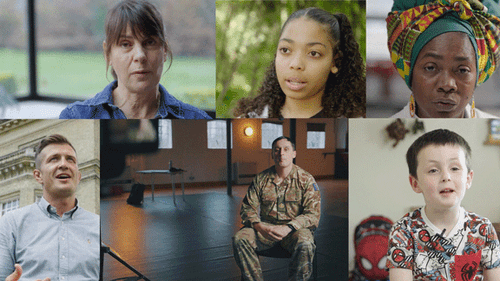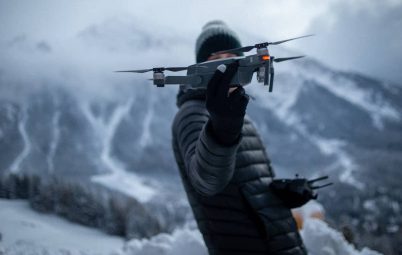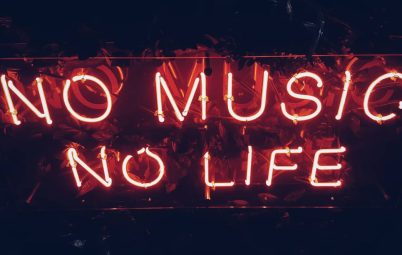The classic single talking head is an industry staple and often the go-to choice for when it comes to corporate comms and internal video production. Interviews are a great way of getting across key facts, messaging and information in a concise and appealing way. But there are some solid reasons as to why people return to this tried-and-tested technique for portraying information, and this is what we are going to be diving into today.
A key reason why people turn to interviews is often cost. Alternatives to interviews would be to turn to animation with perhaps a voiceover or text-based motion graphics. You could also look at having a two-person conversation, but both of these options have cost implications.
The planning process for animation means that you most likely need to form a very tight plan of what will be said during your average 2-minute runtime. Increasing that duration or changing content during the animation process can often lead to increased costs and increased time.
Likewise if you were to opt for a multi-person interview in which someone is being asked questions, but both are on camera, this will mean additional cameras, additional microphones, need for a larger space and also additional edit time.
The humble, single-header interview gets around all of these issues; it can be done with a smaller crew, meaning you can shoot more efficiently and get lots of content captured in a short space of time. You can also variate more and get your interview subject to try different answers and decide which one is better in the edit.
When you stack up that reason alone, you can see why people gravitate towards single interviews – in many instances it just makes sense. But we often hear people saying that they don’t want to do a talking-head because they worry it will feel too ‘stilted’ or ‘corporate’ – but perhaps they’re just not aware of the different ways a talking-head can be done.
This criticism often gets levelled against traditional corporate interview videos, but the reality is that it is not the technique itself. In order to maintain interest, interviews need to show a certain level of humanity and realism – interviews that appear ‘dry’ or ‘stiff’ fail on this crucial element.
Interviews need to tell a story – they need to show off their subject’s more interesting and vulnerable side, and this holds true whether you’re making a hard-hitting documentary or doing a client case study. Good interviews portray information, but great interviews tell a story. They form a narrative that takes viewers on a journey and we leave actually knowing something about the person on screen, not just about the thing they were talking about.
There are a few ways to make sure you get elements in that should work regardless of why you are making the film in the first place, but these are things we like to try at Sunday Treat:
Get to know the interviewee
We’re drawn to other people and human stories – and this is exactly the same with interviews. Using interview techniques that draw people away from the subject and towards themselves is always a good tactic. Alongside the core message, we could be asking them how they ended up in this role and what drives them. We could hear a bit about their story to get a chance to show their credentials and raise their legitimacy within this specific field.
From an interviewer perspective, using this as a technique is often a wise choice for helping interviewees relax and settle into an interview – raising their performance and giving them confidence. Start the interview on neutral ground, asking them a bit about their career and their interests in this field. It will have two effects; it will calm them down as they get used to the mic, lights, cameras and strangers by allowing them to talk about something they don’t think will ever be used on, and secondly, it will give you just a few lines that you could use within your edit to help tell a little of their story.
The story behind the core message
Behind the core message, there will be a story to tell. Perhaps the conversation is about an initiative that will transform clients or workers interactions with the company – why was this decision taken? What will be the real impact on audiences and why should they care? It’s easy to just tell the information, but that leap into creating a better interview will come from tying it directly back to real people.
Structure your interview questions (and therefore your edit)
Giving thought to the interview and not just hitting off a random list of questions will help give the interview structure, context and take the viewer on a journey. No matter what you are talking about, there is a story to be told.
The opening – what is the challenge here? What is the state of play? How have we ended up in this situation? Tell your viewers where we were before the new message came along to shake things up.
The middle – tell them your solution and the core message. Remind them how this will impact them and reiterate the journey that you have all been on together to get to this point.
The ending – bring home that key message and call to action. Remind and reiterate again why people should care about this message and refocus your central point.
Bringing in a narrative and making sure there is an order to how information is portrayed is key to creating a story, providing context and bringing people with you.
Show a certain vulnerability about someone
People like to feel connected to others – but it’s difficult getting this across in an interview. But there is one trick that we use time and again to help break the ice, show people’s vulnerabilities and make them appear human; incorporating the candid moments.
We’ll often start recording as soon as a person enters the room and make sure we capture all those moments of nervousness, prep and reality as they sit down. People want to know the person on screen is real – and is just like them. Getting that candid moment in is the best way to do that – because it shows what this person is really like. We sometimes also like to show behind-the-scenes wide angle shots – it acknowledges that we are in an interview set-up and none of this is natural – thereby relaxing the audience and also creating more interesting visuals.
There can be hesitance to show this – there is a worry that showing a fluffed line or someone fixing their hair will appear unprofessional or kitsch – but the benefits of engaging with the audience by showing this genuine vulnerability cannot be overstated. It’s the person that will stick in their audience’s mind, and therefore the message will too.
To summarise, interviews are a staple for a reason and we should continue to embrace and develop them for modern audiences. Telling a story is key to creating a good interview – this is the responsibility of the interviewee but they can’t do it without a solid, structured interviewer guiding them through. And lastly, consider using candid moments or behind-the-scenes shots to put the audience at ease.
Are you interested in creating a video interview? Contact us on +44 (0) 7425 911732 or hello@sundaytreat.com to discuss your options and begin setting up your perfect project.



